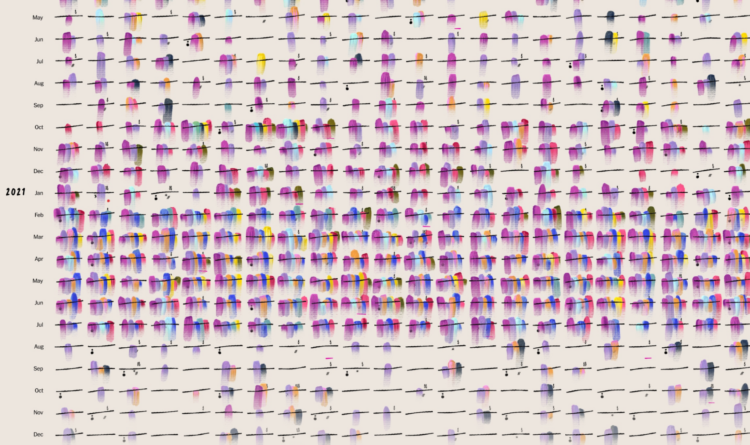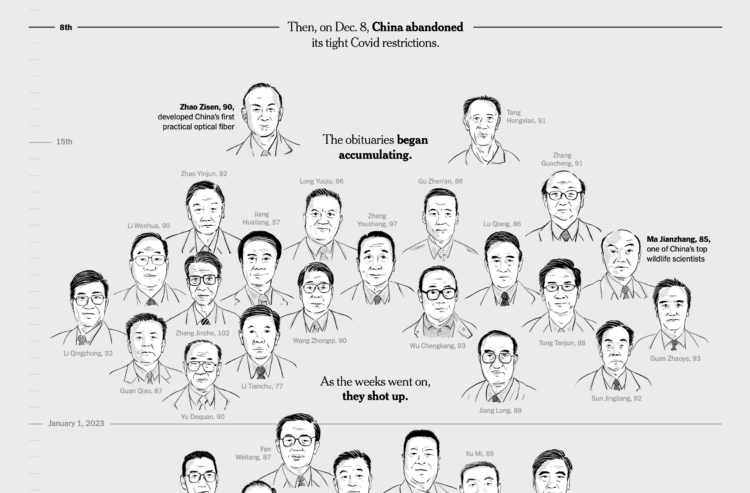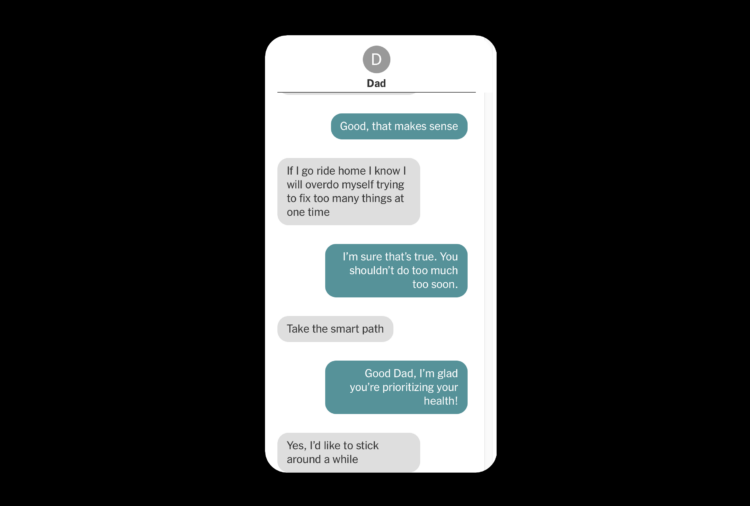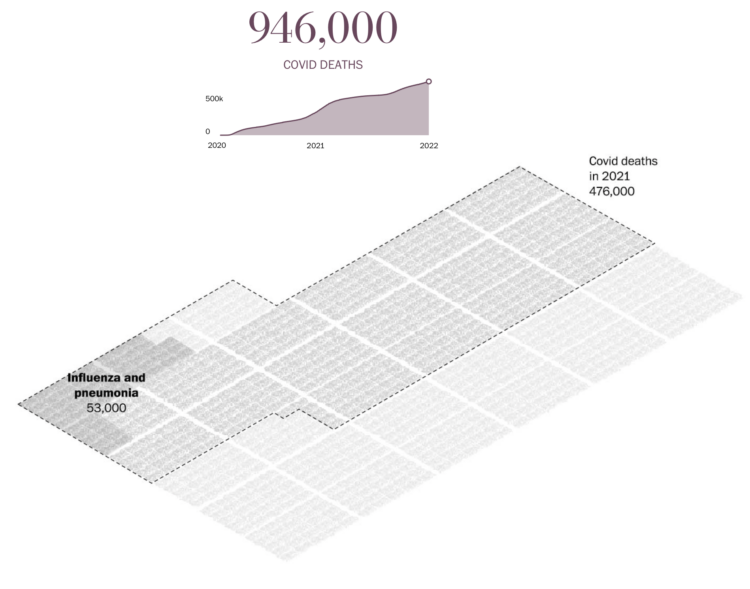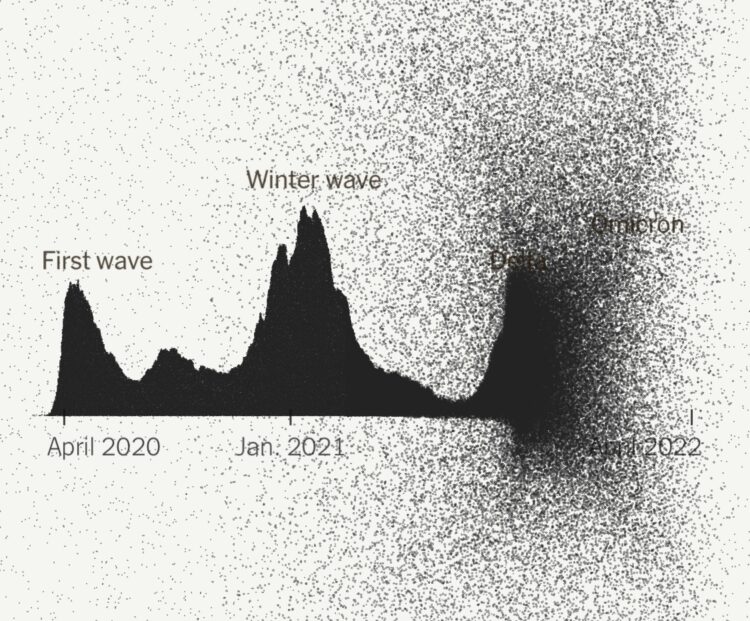Giorgia Lupi, known for using data visualization to connect real life and numbers, has been dealing with long Covid for the past three years. In a visual guest essay for NYT Opinion, Lupi describes her experience of fear, pain, and hope using a spreadsheet and a diary of brush strokes.
I thought that if I collected enough data, I would eventually figure out what was going wrong. But no matter how much data I collected or how many correlations I tried to draw, answers eluded me. Still, I couldn’t stop tracking. My spreadsheet was the only thing I could control in a life I no longer recognized.
In 2015, Lupi worked on Dear Data, which focused on the little joys of life through visualization-based postcards. This moving piece uses a similar style but is on the opposite end of the emotional spectrum.
Tags: coronavirus, Giorgia Lupi, long Covid, New York Times
